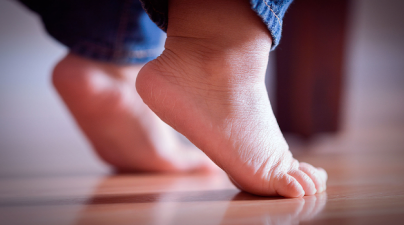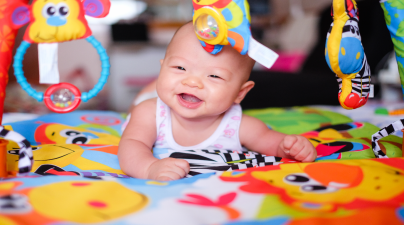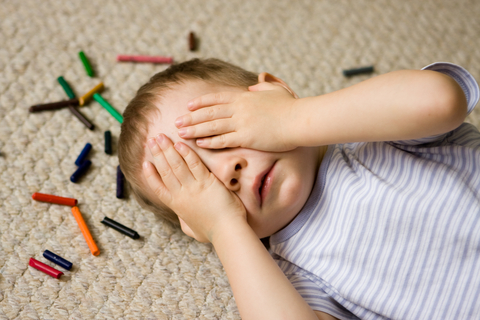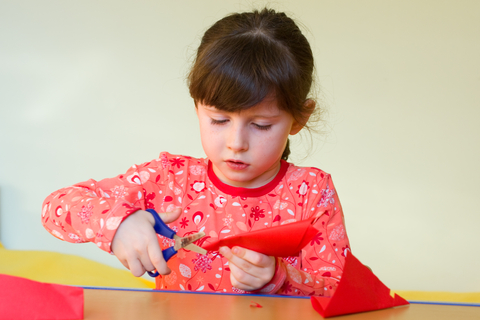-
01 May 2013
-
0 comments
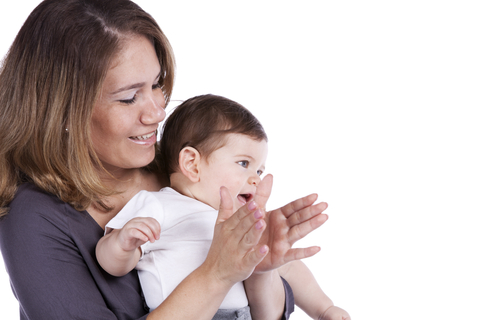
As discussed in our previous blog, Activities to Encourage Speech and Language Development the groundwork for speech and language development should begin as soon as a child is born. From this time until the baby is two years old he or she needs to hear words clearly, with syllables broken down. Lots of reinforcement and encouragement is necessary. However, by the time a child is two, he or she can understand a lot more and there is a different set of actions that you can take to encourage further progress in your child’s speech and language development.
2 to 4 Years: Stimulate speech and language development
• Use good speech that is clear and simple for your child to model.
• Repeat what your child says indicating that you understand. Build and expand on what was said. “Want juice? I have juice. I have apple juice. Do you want apple juice?”
• Baby talk should be limited, and if used should be accompanied by the adult word. For example if you need to convey a message that it is dinner time, consider saying something like, “It is time for din-din. We will have dinner now.”
• Create a scrapbook of favorite or familiar things by cutting out pictures. Group them into categories, such as things to ride on, things to eat, things for dessert, fruits, and things to play with. Create silly pictures by mixing and matching pictures. Glue a picture of a dog behind the wheel of a car. Talk about what is wrong with the picture and ways to “fix” it. Count items pictured in the book.
• Help your child understand the world around him by asking questions; play the yes-no game. Ask questions such as “Are you a boy?” “Are you Marty?” “Can a pig fly?” Encourage your child to make up questions and try to fool you.
• Also ask questions that require a choice. For example, “Do you want an apple or an orange?” or “Do you want to wear your red or blue shirt?”
• Expand your child’s knowledge of familiar vocabulary. Name body parts, and identify what you do with them. “This is my nose. I can smell flowers, brownies, popcorn, and soap.”
• Sing simple songs and recite nursery rhymes to show the rhythm and pattern of speech. Some examples include: “Ring around the Rosie,” “The Itsy Bitsy Spider,” and, “Head, Shoulders, Knees, and Toes.”
• Place familiar objects in a container. Have your child remove the object and tell you what it is called and how to use it: “This is my ball. I bounce it. I play with it. I can throw it.”
• Use photographs of familiar people and places, and retell a story or make up a new story.
Share Social

